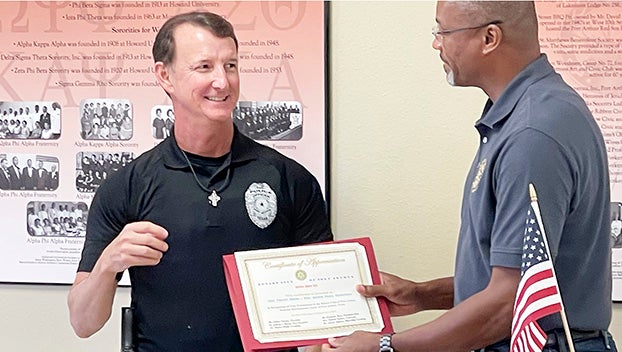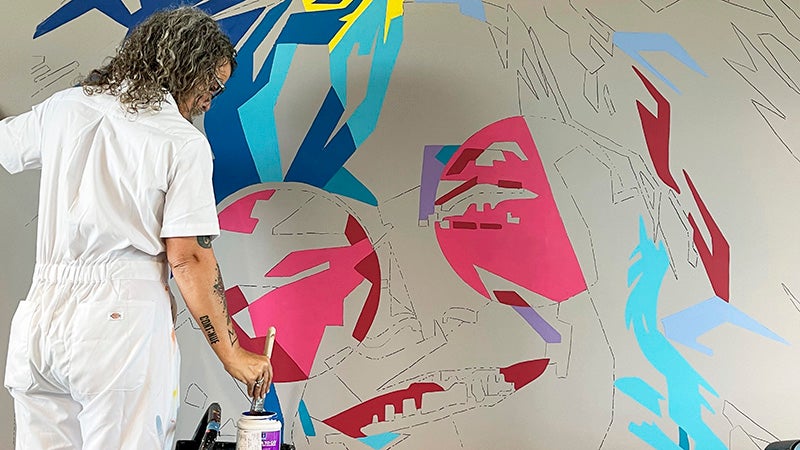HEALTHY LIVING — Blood pressure: The highs and lows
Published 12:03 am Friday, October 11, 2019
What is blood pressure?
Blood pressure is the measure of the force of blood pushing against blood vessel walls. The heart pumps blood into the arteries, which carry the blood throughout the body. It’s expressed as a measurement with two numbers, with one number on top (systolic) and one on the bottom (diastolic), like a fraction. For example, 120/80 mm Hg. The top number refers to the amount of pressure in your arteries during the contraction of your heart muscle. This is called systolic pressure. The bottom number refers to your blood pressure when your heart muscle is between beats. This is called diastolic pressure. Both numbers are important in determining the state of your heart health. A normal reading would be any blood pressure below 120/80 mm Hg and above 90/60 mm Hg in an adult.
High blood pressure, also called hypertension, is dangerous because it makes the heart work harder to pump blood out to the body and contributes to hardening of the arteries (atherosclerosis), stroke, kidney disease, eye problems, and the development of heart failure. One of the most dangerous aspects of hypertension is that you may not know that you have it. In fact, nearly one third of all people who have high blood pressure don’t know it. The only way to know if your blood pressure is high is through regular checkups. This is especially important if you have a close relative who has high blood pressure. Hypertension risk factors include obesity, drinking too much alcohol, smoking, and family history. Beta-blockers are a common treatment for hypertension.
If your blood pressure is extremely high, there may be certain symptoms to look out for, including:
— Severe headache
— Fatigue or confusion
— Vision problems
— Chest pain
— Difficulty breathing
— Irregular heartbeat
— Blood in the urine
— Pounding in your chest, neck, or ears
If you have any of these symptoms, see a doctor immediately. You could be having a hypertensive crisis that could lead to a heart attack or stroke.
Low blood pressure is characterized as less than 90/60. In younger people, low blood pressure with no symptoms (hypotension) is not a cause for concern. In older adults, however, it can be serious if the brain and other organs do not receive adequate blood flow. Symptoms of low blood pressure may include dizziness, and may occur especially when standing up from a sitting or lying down position. Causes include pregnancy, arrhythmia, medication side effects, and more. Treatments may include eating more salt in your diet and drinking more fluids. Sudden drops in blood pressure most commonly occur in someone who’s rising from a lying down or sitting position to standing. This kind of low blood pressure is known as postural hypotension or orthostatic hypotension. Another type of low blood pressure can occur when someone stands for a long period of time. This is called neurally mediated hypotension. When it leads to passing out, it is called vasovagal syncope.
The risk of both low and high blood pressure normally increases with age due in part to normal changes during aging. In addition, blood flow to the heart muscle and the brain declines with age, often as a result of plaque buildup in blood vessels. An estimated 10% to 20% of people over age 65 have postural hypotension.
My best advice, see your doctor immediately if you exhibit ANY of the above mentioned symptoms. Monitoring your blood pressure at home is relatively easy, simple-to-use monitors are sold at reasonable prices at pharmacies and in the pharmacy departments of most large department stores. A quick check once a week is a good idea to keep track of BP.
Keep an eye on those numbers and stay healthy, my friends.
Jody Holton writes about healthy living for The Port Arthur News. She can be reached at jholton3@gt.rr.com.






